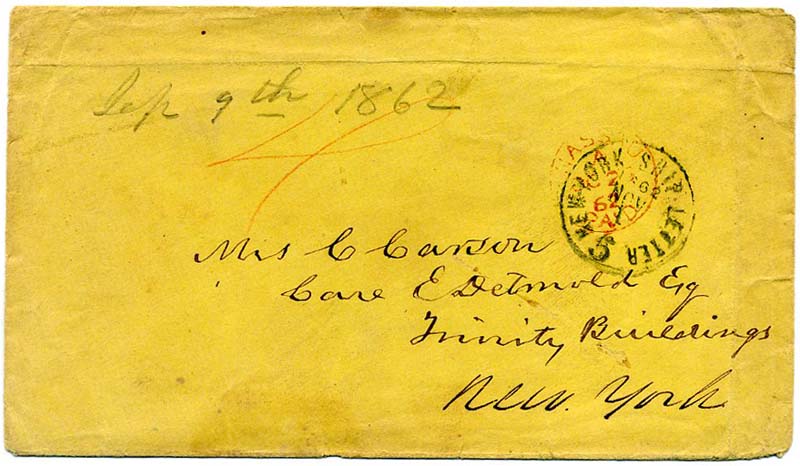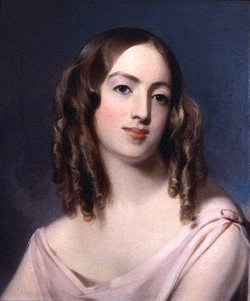-
Confederate Postal History
- CSA 1 on Cover, Section 1
- CSA 1 on Cover, Section 2
- CSA 2 on Cover
- CSA 3 on Cover
- CSA 4 on Cover
- CSA 5 on Cover
- CSA 6 on Cover
- CSA 7 on Cover Section 1
- CSA 7 on Cover Section 2
- CSA 8 on Cover
- CSA 9 on Cover
- CSA 10 on Cover
- CSA 11 on Cover Section 1
- CSA 11 on Cover Section 2
- CSA 11 on Cover Section 3
- CSA 12 on Cover Section 1
- CSA 12 on Cover Section 2
- CSA 12 on Cover Section 3
- CSA 13 on Cover
- Advertising and College Covers
- Blockade-Run Mail
- Confederate Patriotic Covers Section 1
- Confederate Patriotic Covers Section 2
- Independent State & US Used in Confederacy Section 1
- Independent State & US Used in Confederacy Section 2
- Miscellaneous Section 1
- Miscellaneous Section 2
- Mourning Covers
- Official Semi-Official and State Imprints Section 1
- Official Semi-Official and State Imprints Section 2
- Postmasters' Provisionals on Cover Section 1
- Postmasters' Provisionals on Cover Section 2
- Postmasters' Provisionals on Cover Section 3
- Prisoner of War & Cilvilian Flag of Truce Section 1
- Prisoner of War & Cilvilian Flag of Truce Section 2
- Prisoner of War & Cilvilian Flag of Truce Section 3
- Railroad Covers
- Sternes Correspondence
- Wallpaper Covers
- Confederate Stampless
-
Confederate Stamps
- Essays, Proofs, Private Printings
- Postmasters' Provisionals Section 1
- Postmasters' Provisionals Section 2
- Confederate Use of US Postage
- CSA 1 5 Cents Lithograph
- CSA 2 10 Cents Lithograph
- CSA 3 2 cents Lithograph
- CSA 4 5 cents Lithograph
- CSA 5 10 Cents Lithograph
- CSA 6 5 Cents Typograph
- CSA 7 5 Cents Typograph
- CSA 8 2 Cents Engraved
- CSA 9 10 Cents Engraved
- CSA 10 10 Cents Engraved
- CSA 11 10 Cents Engraved, Section 1
- CSA 11 10 Cents Engraved, Section 2
- CSA 12 10 Cents Engraved, Section 1
- CSA 12 10 Cents Engraved, Section 2
- CSA 13 20 Cents Engraved
- CSA 14 1 Cent Typograph
- Philatelic Literature
Navigate from drop-down boxes above or TABLE OF CONTENTS
In lot descriptions:
SCV = Scott Catalogue Value
CCV = 2012 CSA Catalog Value
Unused = no gum unless noted
Content anywhere underlined in blue is a clickable link - follow it
CSA Catalog vs. Scott Color Designation Chart
Click on thumbnails to enlarge
and see full item information
Please use Secure Interactive Order Form and carefully read the
Ordering and Sales Policies page before ordering.

Item# 15196
Price: $1,900

Outgoing blockade, Charleston to New York via Nassau. Pencil receipt docketing "Sep. 9th, 1862" (origin date at Charleston) on yellow cover to “Mrs. C[aroline] Carson, Care of E. Detmold, Trinity Buildings, New York.” Entered British Mails with red NASSAU/ PAID / OC / 23 / 62 cds, red crayon "4" pence rate paid in cash, NEW-YORK SHIP LETTER / 5 / 1862 / NOV/ 1 integral-rate cds; note on back "Most happy to have the opportunity of forwarding you a letter fresh from the hands of Your Excellent father -- C.E.D. Nov. 1 / 62" (C. E. Detmold), couple content folds at top and right. Featured in an article by Morris Everett in The Confederate Philatelist, July-August 1989 as well as an article by J.V. Nielsen, Jr. in The American Philatelist, August 1967 – a well-known correspondence. Copies of both articles included. Carried on blockade-runner Scotia, departed Charleston Sep. 26, 1862, arrived Nassau Sep. 30; missed the Sep. 29 sailing to New York and the forwarder held it until Oct. 23; then Cunarder British Queen, departed Nassau Oct. 27, arrived New York on November 1. Ex Nielsen, Everett and Walske. $1,900.
Jane Caroline Petigru Carson (1820-1885 – some sources note she died in Rome in1892 but a grave marker in Charleston states she died in Charleston in 1885) was known for her South Carolina portraits, landscapes and miniatures. She was the daughter of legislator and state attorney general James Louis Petigru and Jane Amelia Postell of Charleston, South Carolina. Petigru was a Union sympathizer.The Petigrus of Charleston were descendents of James Pettigrew (d. 1784), who had immigrated to Pennsylvania from Scotland, but eventually settled in the Abbeville District of South Carolina. In this region a branch of the Pettigrew family flourished. This branch changed its name around 1809, in an effort to claim Huguenot origins, and became prominent in Charleston society under the name Petigru. The family home burned in December 1861, and James Petigru died in 1863. His daughter, then living in New York City, returned to Charleston to paint and sell artwork to raise enough money to have a monument built in her father's honor.
